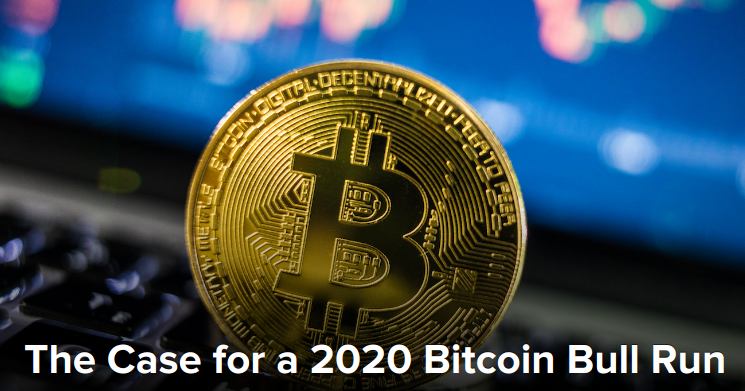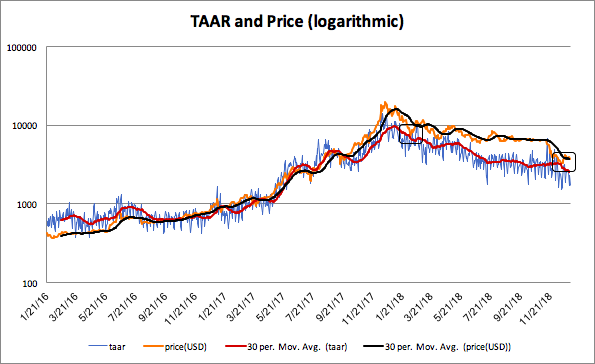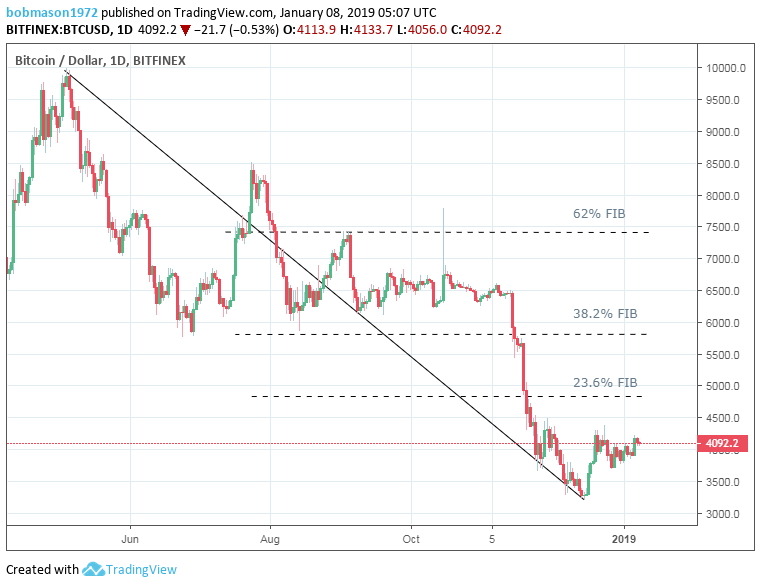Adding Video Content to Your Social Media Strategy

The impact of social media has altered all kinds of industries.
The value of having a presence online has never been greater. Word-of-mouth marketing that once occurred in small social circles or at the office now takes place online?—?a much larger platform for communication. That value is steadily increasing as time goes on. Now more than ever, brands are able to reach larger audiences with recommendations, partnerships, and ambassadors on social media.
The projected figure for social media users this year will land somewhere around 2.62 billion. Social media now attracts users of all ages. Unfortunately, some brands still underestimate the power of social media. Even though brands may have opted out of creating an online presence due to their demographic in the past, now even once a large following has been established, some accounts may not take full advantage of the potential they have.
What do users like?
Different types of content are gaining traction online, including video content and live streaming. While these may seem new, foreign, and maybe even intimidating to certain brands, it is hard to ignore that this is the content users are beginning to prefer. In fact, according to Cisco, online videos will make up more than 80% of all consumer internet traffic (85% in the US) by 2020. Understanding how to engage an audience with video content and live streaming is vital to increase and properly utilize a company’s online presence. Fortunately, these types of content are also excellent for driving site traffic.
How can companies utilize video on social media?
In order to increase engagement and clicks, create an introduction video or demo a new product. Companies can record and package a short and sweet video or conduct a live stream to engage social media users in a live conversation with brand experts, developers, or ambassadors. Another great piece of content to create for your social media platforms are how-to videos. These can be formatted in jump-cut style steps and are great for highlighting how a product can be used in creative ways. You may recall on your personal social media feed viewing some very satisfying cooking how-to videos. They are always very brief and cleanly executed (for some great examples, take a peek at Tasty Presents). This is the type of content that users are beginning to prefer.
Event coverage is also a great way to grow your brand reputation online. Again, this can be through an edited piece of footage, or through a live stream. Live streams are great for events because they allow users who could not attend to feel like they get to be a part of the experience. They also allow your customers to ask questions on the spot which can create greater company transparency and customer loyalty.
Create, learn and start again.
As with any online activity that a company may conduct, it is important to gather data garnered from video content or live streaming. How many views did your content receive? How many users watched the entire piece of content or stream? How many users dropped off after a certain point? How many users asked questions, left comments, or shared your content? How did your company’s site traffic change once the content was released? How did site traffic and online content impact sales?
Although video content requires a certain level of planning, production, and execution that may surpass what your brand has accomplished in the past with simply photo content alone?—?it is undeniable the potential benefits that video content can have. In order to fully reap the benefits of digital video content creation, data must be recorded and analyzed.
Business Insider reported on a finding by Zenith, predicting that global online video consumption will grow by an average of nine minutes per day each year until 2020. These findings support the idea that the digital video audience is becoming more engaged?—?something all companies with an online presence, seeking to increase site traffic, engagement, and sales, should be aware of.
Article Produced By

Megan Gonzales
Revenue-generating, brand-building marketer. PNW explorer. Yogi. Animal enthusiast. Marketing Manager.
https://medium.com/@megangonzales/adding-video-content-to-your-social-media-strategy-70263056c712
David




















